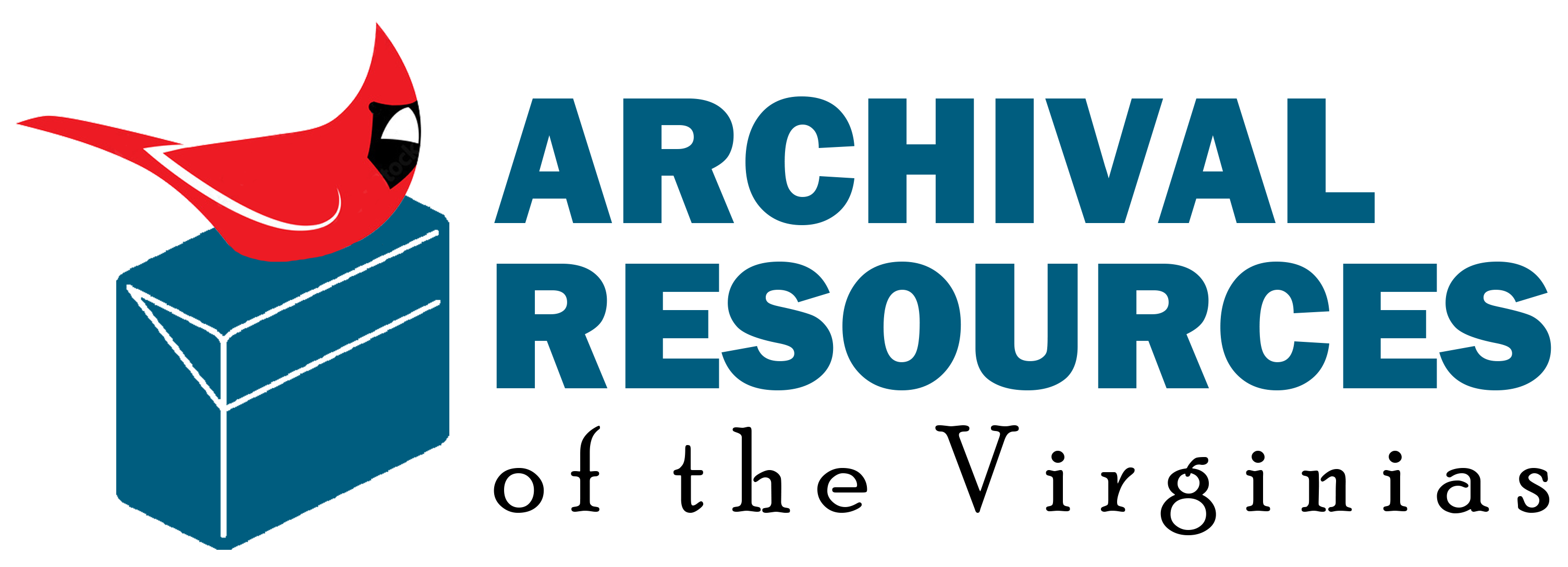- Repository:
- West Virginia and Regional History Center
- Published:
- 2013
Civil War -- Confederate sympathizers in subject [X]
| • | WVU West Virginia and Regional History Center | [X] |
ARVAS is an aggregator of archival resources. ARVAS does not have control of the descriptive language used in our members’ finding aids. Finding aids may contain historical terms and phrases, reflecting the shared attitudes and values of the community from which they were collected, but are offensive to modern readers. These include demeaning and dehumanizing references to race, ethnicity, and nationality; enslaved or free status; physical or mental ability; religion; sex; and sexual orientation and gender identity. Many institutions and organizations are in the process of reviewing and revising their descriptive language, with the intent to describe materials in more humanizing, inclusive, and harm-reductive ways. As members revise their descriptive language, their changes will eventually be reflected in their ARVAS finding aids
- Repository:
- West Virginia and Regional History Center
- Published:
- unknown
- Repository:
- West Virginia and Regional History Center
- Published:
- unknown
- Subjects:
- Account books | Civil War -- Confederate Army | Civil War -- Confederate letters | Civil War -- Confederate newspapers | Civil War -- Confederate sympathizers | Civil War -- War diaries | Civil War -- Kanawha Riflemen | Civil War -- letters | Civil War - Southern sympathizers in WV. | Civil War - Union soldiers' letters. | Civil War - Virginia 133rd Regiment. | Civil War - West Virginia 11th Infantry. | Diaries and journals. | Land. | Newspapers. | Poets and poetry. | Surveyors and surveying. | Women's history -- 1850-1899
- Repository:
- West Virginia and Regional History Center
- Published:
- unknown
- Subjects:
- Baltimore Infirmary -- Baltimore (Md.) | Civil War -- Camps and camp life | Civil War -- Confederate soldiers | Civil War -- Confederate sympathizers | Civil War -- Description | Civil War -- Forts | Civil War -- letters | Civil War - Songs and poems. | Civil War - troop movements. | Civil War - Union soldiers. | Civil War - Union sympathizers. | Civil War - Virginia 25th Cavalry. | Civil War - Virginia 26th Cavalry. | Civil War - Virginia 40th Cavalry Battalion. | Education | Farms and farming. | Hospitals and hospital records. | Land - Civil War disruptions. | McGuires Tunnel. | Medicine | Poetry. | Politics and government. | Preachers. | Religion. SEE ALSO Churches. | Rivers and river valleys. | Schools. SEE ALSO Academies | Slaves and slavery. | Women -- Roles in society | Women's letters and papers. | Women
